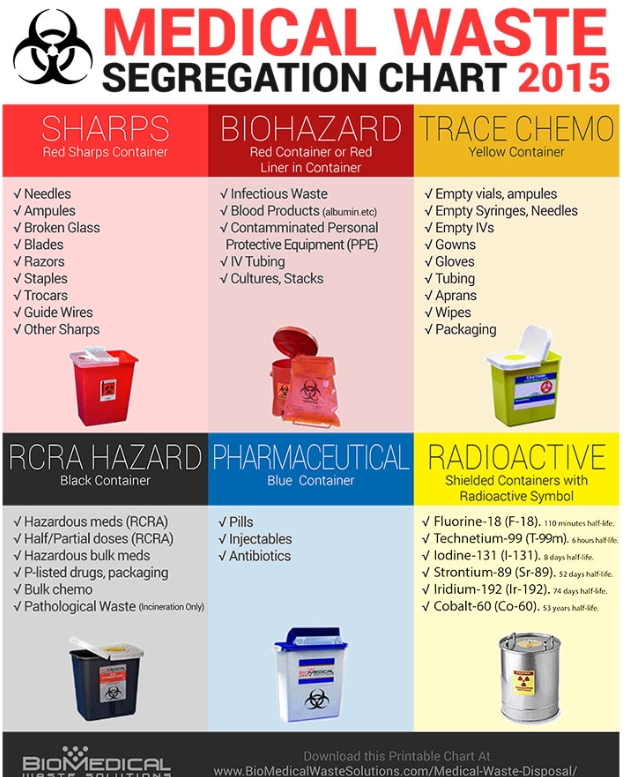Antimicrobial Resistance (AMR): What it is and Why You Should Know About it

By: Racheal Olubode
It is important that the university community understands that disease causing organisms (microbes) are becoming drug resistant at an excessive rate and this makes it harder for individuals to get proper treatment when needed. This article examines how microbes become resistant to drugs.
What are Antimicrobials?
According to the World Health Organization’s (WHO) and a online medical platform(Mayo Clinics), antimicrobials are medicines used to prevent and treat infectious diseases in humans, animals and plants.
What is Antimicrobial Resistance (AMR)?
AMR is a natural process which happens over time due to genetic changes in pathogens and occurs when Bacteria, Viruses, Fungi and Parasites no longer respond to antimicrobial medicines.
However, Science Direct’s Journal of Medicine defines AMR as a critical global health issue which is driven by antibiotic misuse and overuse in various sectors and leads to the emergence of resistant microorganisms. Furthermore, it is explained that iccurs when bacteria, fungi or parasites (microbes) resist the effects of available antimicrobial medications and this makes it easier for infectious diseases to spread and cause more severe illnesses and deaths.
What are the Causes of AMR?
There are natural and biological causes of AMR and societal pressures of AMR. Some of the natural causes are:
Selective pressure: when AMR genes survive in the presence of antimicrobials, the survivors reproduce and their breed rapidly becomes the prevalent type in the microbial population.
Mutation: microbes which reproduce by dividing every few hours evolve rapidly and adapt quickly to new emvironmental conditions. However, they tend to go through a form of gene modification -which allows them survive exposure to antimicrobials (drugs)- during replication.
Gene transfer: Some microbes are able to transfer and receive genes from one another. Bacteria multiply by billions. When bacteria with drug-resistant DNA transfers a copy of these genes to non-resistant bacteria, the latter becomes resistant to drugs.
A number of the societal pressures are:
Inappropriate Use: A collection of resistant microorganisms is heightened by the inappropriate use of antimicrobials. This occurs when healthcare providers prescribe drugs inappropriately in order to pacify an unyeilding patient.
Inadequate Diagnostics: This manifests when healthcare providers must make use of incomplete or imperfect information to diagnose an infection and thereby prescribe an antimicrobial just-in-case or prescribe a broad spectrum antimicrobial when a specific antibiotic may be better.
Hospital Use: the excessive use of drugs and close contacts among critically ill patients creates a breeding environment for AMR germs.
Agricultural Use: it is believed by scientists that adding drugs to agricultural feed promotes drug resistance among animals.
To sum up all that has been examined thus far, antimicrobials are drugs used to prevent and treat diseases while antimicrobial resistance is the ability of microbes to defy the effects of drugs used to combat them. Also, the causes of Antimicrobial Resistance (AMR) are selective pressure, mutation, gene transfer, inappropriate use of drugs by individuals, inadequate diagnostics, hospital use and agricultural use.







